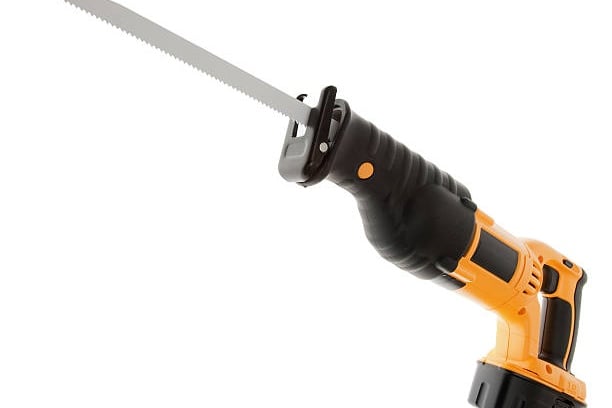Understanding reciprocating saw blades for pruning
A reciprocating saw is a great tool for pruning trees, shrubs and bushes. It has a reciprocating blade that moves back and forth at high speed to cut through branches and stems quickly and easily. But to get the most out of your reciprocating saw, you need the right blade.
Types of Reciprocating Saw Blades for Pruning
There are two main types of reciprocating saw blades for pruning: pruning blades and demolition blades. Pruning blades are designed specifically for cutting through green wood and are best for pruning trees and bushes. Demolition blades, on the other hand, are designed for cutting through tougher materials such as metal, wood and plastic. They are best for trimming and removing branches that are dead or have already been cut down.
Choosing the Right Length and Width
When selecting a reciprocating saw blade for pruning, the length and width of the blade are important factors to consider. Longer blades are best for cutting thicker branches, but they can be harder to maneuver. Shorter blades are easier to handle, but they are not as effective for cutting through thicker branches. In general, a blade length between 6 and 12 inches is ideal for pruning. The width of the blade should also be considered. Wider blades are sturdier and are best for cutting thicker branches, while narrower blades are better for precision cutting.
Understanding Teeth Per Inch
Another important factor to consider when choosing a reciprocating saw blade for pruning is the number of teeth per inch. Blades with fewer teeth per inch (TPI) are best for cutting through green wood, while blades with more TPI are better for cutting through tougher materials. A TPI between 5 and 10 is ideal for pruning. Blades with more TPI will produce a smoother cut, while blades with fewer TPI will cut more quickly.
Material of the Blade
The material of the blade is also important to consider. Reciprocating saw blades for pruning are made from a variety of materials including carbon steel, high-speed steel, and bi-metal. Carbon steel blades are the most affordable but are not as durable as the other two options. High-speed steel blades are more expensive but are more durable and can cut through tougher materials. Bi-metal blades are the most expensive option but are the strongest and can last the longest.
Maintaining Your Blades
Proper maintenance of your reciprocating saw blades is important to ensure they last as long as possible and continue to work effectively. After each use, clean the blades with a soft cloth and lubricate them with a light oil to prevent rust. It's also important to store your blades in a dry place to prevent moisture from building up and causing damage.
Safety Tips for Using Reciprocating Saw Blades for Pruning
When using a reciprocating saw for pruning, it's important to follow safety precautions to prevent accidents and injuries. Always wear eye and ear protection as the saw can generate a lot of noise and debris. Keep your hands and fingers away from the blade, and never work at an awkward angle. Make sure the saw is turned off and unplugged before changing blades, and always follow the manufacturer's instructions.
When to Replace Your Blades
Finally, it's important to know when to replace your reciprocating saw blades for pruning. If you notice that the blade is dull or damaged, it is time to replace it. Dull blades can make pruning more difficult and can cause the saw to overheat, which can damage the tool or cause injury. It's a good idea to have a few extra blades on hand so you can replace them as needed.
Conclusion
Reciprocating saw blades for pruning can make quick work of even the toughest pruning jobs. By choosing the right blade and maintaining it properly, you can get years of use out of your saw and keep your trees and bushes looking their best.
reciprocating saw blades for pruning, pruning blades, demolition blades, blade length, teeth per inch, material of the blade, maintaining blades, safety tips, replacing blades Choose the Right Reciprocating Saw Blades for Pruning | Tips and Advice Pruning trees, shrubs, and bushes becomes easy with the help of a reciprocating saw. However, the right blade makes all the difference. Learn how to choose, use, and maintain the right reciprocating saw blades for pruning with our tips and advice.


